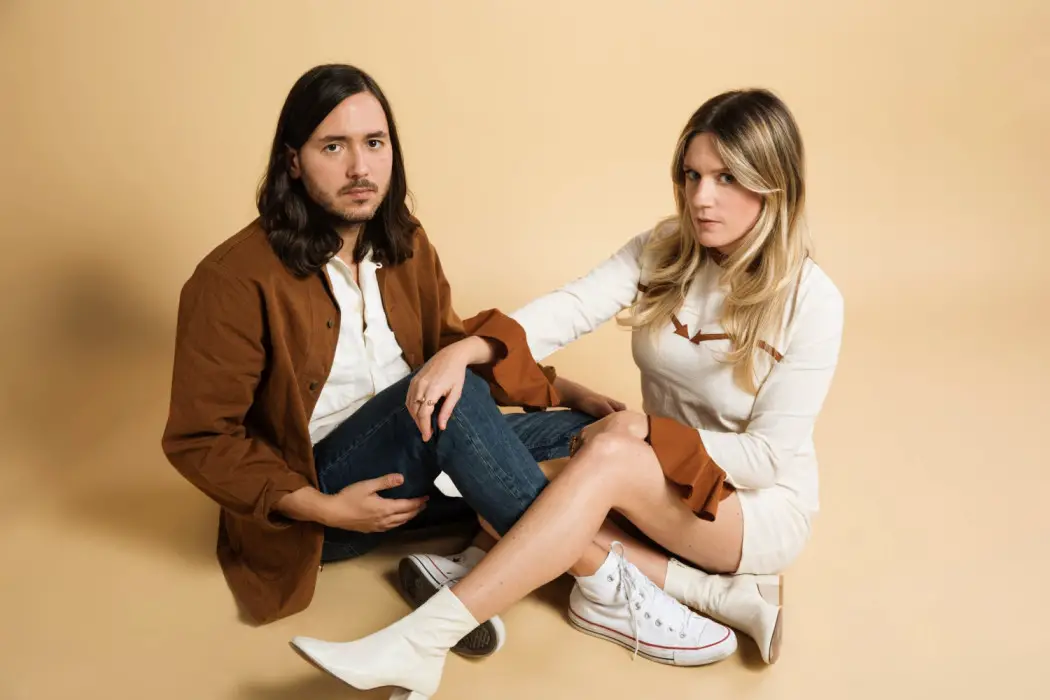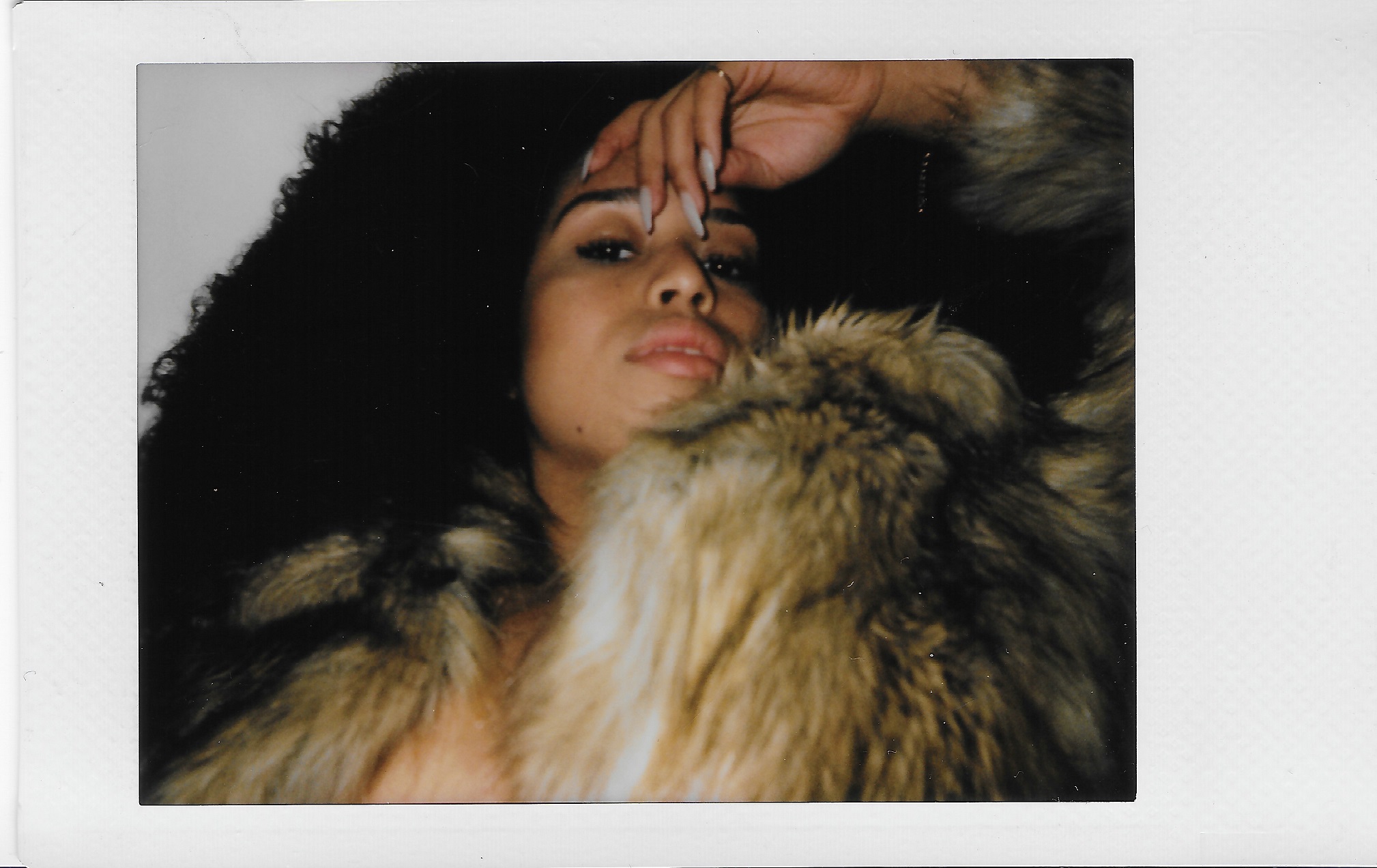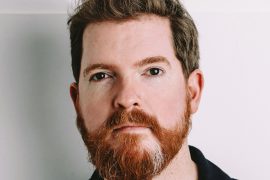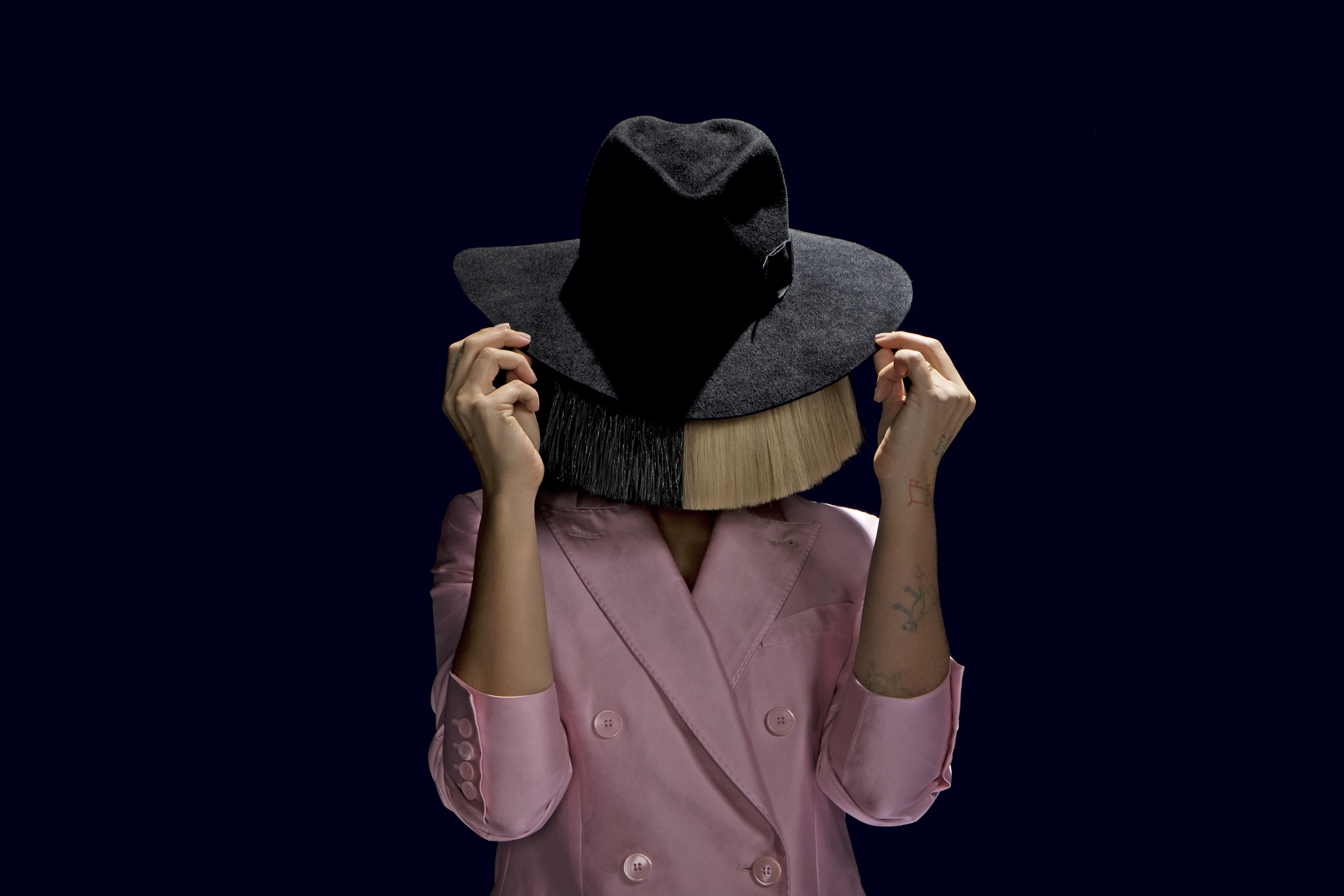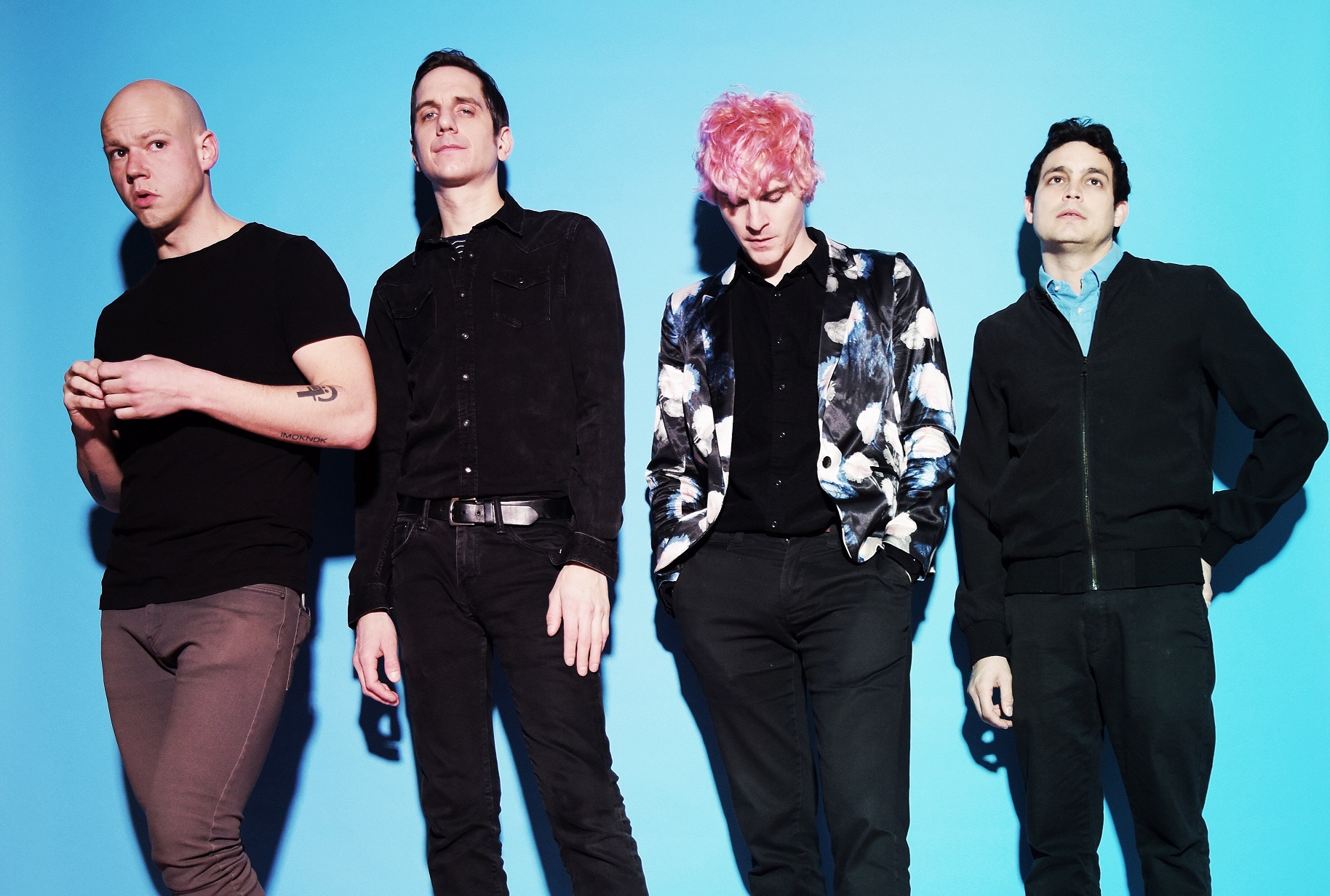Freedom Fry discuss the making of their long-awaited debut album Classic, their love of strings, how they find inspiration in nostalgic longings for the past, and what makes something a classic.
— —
It has been almost two years since Atwood Magazine first sat down with Bruce Driscoll and Marie Seyrat, the two members of French-American duo Freedom Fry. Back in 2016, they were riding the wave of the enormous success of single “Shaky Ground”, a vibrant folk-pop single which emanated sunshine and good vibes. They then embarked on a nationwide tour with Madewell, and released a slew of singles and an EP called Strange Attraction. Cut to 2018, and the band has finally released their debut album, Classic (out today, 6/1/2018).
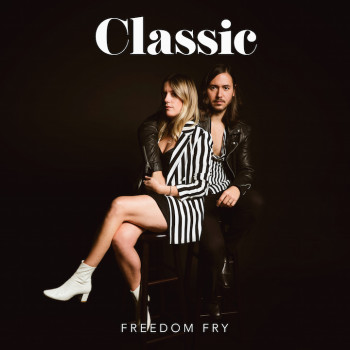
Having achieved a significant amount of praise and success in this seven year career without releasing a full-length, it almost seemed like an album was not in the band’s future – and honestly, amassing more than 14 million streams on “Shaky Ground” alone, having your songs featured on shows like Grey’s Anatomy and Love, while also being fully independent artists and not having an album out are more incredible feats than being able to announce that you have a full-length album. But the time has come for Freedom Fry to deliver a full body of work, and as per usual, they did not disappoint.
Classic is a dive deep into Freedom Fry’s unique brand of folk, at times bursting with pop sensibilities, a slight hint of country, and a uniquely crafted blend of several different string arrangements. It’s an album that the band deems is best listened to while driving, probably under the California sun. With previous hit singles “Awake” and “Wild Child” on its tracklist, the album greets those who are already acquainted with the band, but apart from those, all tracks are new and bring a refreshing new shade of Freedom Fry’s sound to the table. Atwood Magazine caught up with the duo before the album’s release to discuss the making Classic, what it means to finally have a debut album out, and the influence that the past and nostalgia have on the band.
Listen: Classic – Freedom Fry
A CONVERSATION WITH FREEDOM FRY
Atwood Magazine: Hey Freedom Fry!
Bruce Driscoll: Hi, this is Bruce and Marie! How are you?
I’m good, how are you? It’s been so long!
Bruce: 2016!
Marie Seyrat: Two years ago, that’s crazy.
First of all, congrats on the album it’s so beautiful!
Bruce and Marie: Oh, thank you so much!
I loved it. And I was so happy when I saw you were finally releasing an album because it’s been EPs and singles for a while now, and then I saw there was a full-length coming and I was like “Yes!”
Bruce: We’ve been talking about putting out an album forever.
Marie: Any time someone would interview us we’d be like “Yeah, the album’s on the way!” (laughs) but it’s been seven years.
I thought you weren’t going to release one at all. Because you’ve gained so much recognition during all this time, so I thought you didn’t want to have an album, like that wasn’t a priority. What does it mean to finally have an album out and how do you think it reflects your body of work so far?
Marie: We felt like today people aren’t really listening to full albums and we really cherish each one of the songs we write, but we didn’t want songs that weren’t going to be listened to as much. We wanted each of them to get their chance for people to get to love them, so we were trying for the longest time to avoid having an album out, but at the end – as you were saying, it’s been a long process – we wrote a bunch of songs that fit together really well, and thought it would be a fun adventure. It took us a whole year of preparation, so it was a cool year and now there’s a really fun, big baby for us to put out.
Bruce: I didn’t know if people cared about albums anymore. I’ve always loved albums but we always just wrote in a way that we were writing songs that for us they seemed fun and immediate, songs that were maybe more single-y to us and not album tracks. I felt like when we put these songs together they just created a mood, and it seemed so right that we were like “Lets just go for it”. It’s been a fun process, it’s been different, a lot more thought goes into it because you want to get the whole batch of songs out there in a unique way. So that’s been our year.
Do you feel more pressure creating a bigger body of work to release at once or are you just treating it like any other release?
Marie: It’s been a really fun experience, we got to be more creative, think about things all the time, but then this also comes with more pressure and more stress, especially towards the end right now that the release is so close. We have all these things, like parties this and that, and having everything done on time. It becomes more work.
Bruce: We really don’t like to do anything halfway, we always like to go full on if we’re going to do something. So for the album we were like “Lets just go for it in every sense. On the live front, lets make the show more exciting – we had mariachis surprise the audience at SXSW and we have another surprise in store for the audience at our album release show at School Night in LA.
Marie: Every little event that we’re planning has something special for people to live it with sparks in their eyes.
Bruce: Making it an experience for people. We’re also getting our first billboard (laughs) which we’re excited about. It’s here in LA, on Melrose. We’re excited because you know, we’re an indie band, so this is splurging basically. It’s going to be the album cover and release date but we’re excited about it.
How did you choose the tracklist for the album?
Marie: We probably had like 30 songs.
Bruce: Yeah, 30 songs.
Marie: We wanted to write more than we needed to just to make sure we had enough that fit together. We put some songs we’d released recently and thought they sound good together and are songs that we know people already love. So that with some new ones, mainly new ones. We want to take the person who’s going to listen to the album on a journey with us, it’s not like a single and then you skip to the other one, we’re trying to have them so everyone can listen to the whole thing like we used to do. I used to love albums and I used to listen to the whole thing.
Bruce: I still love albums, I just think I don’t have the time to listen to them as much anymore. But I love them, especially when I find one that really connects with me.
Marie: It’s so meaningful. Even if people are saying it’s dead, I feel like that’s not true. I feel like in the back of their minds they know that if someone releases an album there’s some kind of credibility to them.
Bruce: A piece of work, something substantial. Even like the other day the vinyl got delivered, and it was so cool to hold this record in our hands. It’s not a CD, it’s an actual vinyl you know, it just feels different.
Watch: “Classic [Album Trailer]” – Freedom Fry feat. Emma Kenney
Your album’s name is Classic and the title track paints images of traditional and youthful summery scenes like sipping Coca-Cola and the beach. You also nod at memory and history with “Past Lives” and “Old News”. Why did you decide to incorporate this nostalgic feeling into the heart of your album?
Bruce: I think we’re in general pretty nostalgic people. Just in general, when we think about movies we like or the ways we dress, or things that appeal to us – even if you look at our house I feel like it’s almost hard to look at our house and know what era we’re in, it’s modern but it could be 60s, 70s, it’s hard to pinpoint.
Marie: Every time a grandparent dies you’re like “Man, he or she is dying with all this history that you never get to know, all these experiences”. And I think it’s kind of a way to integrate, like these things that are vintage in our house, things I know I’ve had from history and I just love to look at them, I feel like it does make a part of their lives become a part of ours. I like the mix of modern and retro.
Bruce: We don’t want to do something that sounds like it’s old, but we want to give you that feeling that you get when you listen to an old song that you love, you know? When some Beatles song or some 60s, 50s song comes on, or something that you grew up with, we want to evoke these things. And that’s something we’ve always tried to do when we wrote songs, does it make you feel good? Does it make you feel something? Does it make you feel that thing, I call it the happysad trip – I feel like most songs I love and most hit songs have an element of happiness and also sadness below the surface, and I feel like that’s what we try to hit on. And writing about vintage and retro things, there’s automatically some kind of a bittersweet quality there.
The music video for “Classic” nods at some pop culture icons and vintage-like scenes, can you tell me about the process of creating the music video and how it came together?
Marie: Originally we wanted to do it in another country, but it started to become such a big production.
Bruce: (laughs) All our videos start at a million dollar budget and then we have to slowly take away things so we can make it ourselves.
Marie: Originally Jude Law was going to be in it.
Bruce: Jude Law and Renee Zellweger, but we couldn’t afford them so…
Marie: No, no, what happened is. It was supposed to be somewhere else, we wanted to shoot it in Qatar with friends of ours who are artists and we love what they do and they inspired us to do something like that. But they weren’t both available at the same time, it got complicated. So we tried to keep that storyline kind of and reapply it locally.
Bruce: Yeah, reapply it to LA. The lyric in the pre-chorus is “I’m living in the past with you” so we thought it would be cool if someone really feels like they’re an old soul and basically we found this girl Mads Paige who really is James Dean.
Marie: She actually said she was a fan of James Dean, like she feels like him.
Bruce: He was her spirit animal, basically. And she just really had that vibe so we ended up developing that story around her coming home from work and just kind of feeling like she’s not who she feels like on the inside so there’s a transformation that happens. We thought it would be cool if she hits the town and ended up meeting basically her soulmate, who comes in the form of Marilyn Monroe but who’s also just another old soul. We love old movies, we love all that stuff, so getting to delve into that imagery but also present it in a new way was fun for us.
Marie: It’s really just to live in the present and look towards the future but without forgetting the past.
Watch: “Classic” – Freedom Fry
I absolutely love “Easy Street”. The lyrics grapple with hopelessness but at the same time there’s a strength behind them, something that tells you you need to be strong. And ending the album on this note is beautiful. What’s the story behind that song?
Bruce: Thank you so much! I guess we feel like in music and in our lives we’re always trying new things, and I think it’s true for everybody that you try things, some of them just don’t work out, and you pick yourself up again and keep going. In music, the only way to keep going is to have this false perception that tomorrow you’re going to hit it big, like “I’m just going to keep doing this because tomorrow everything’s going to work out, this song will be a big success, and my life will be easier”. And it’s not true in a way, it never really works like that, you improve in baby steps. I guess that song is written in that state of mind, where you just take your failures and you’re like “Tomorrow it will be fine because I’ll be on easy street tomorrow”. And you’re lying to yourself, everyone is lying to themselves in thinking that everything is going to get easier along the way, it’s just life you just have to go through it. But you do have to pick yourself up again and it’s important to keep that optimism and hope even though things aren’t always going to go the way you’re going to.
Marie: Thinking that you can take on each challenge and not let yourself drown in it.
Bruce: Yeah, not drown in sorrows.
The production on the record steers in another direction, it shows us a side of your sound that we hadn’t heard before, especially with the strings on so many of the songs. Can you tell me why you decided to steer in that direction?
Marie: We both love strings. But we also love movie soundtracks and scores, they’re soothing and so emotional, there’s something about them that definitely touches us.
Bruce: For me it’s what gives you goosebumps when you listen to the song, that little detail when the strings are soaring and that’s what I feel in my heart.
Marie: And the album was also an excuse to use these elements that we love and couldn’t afford to use before, like real strings.
Bruce: There’s a timelessness to them. And this whole record is live drum, live instruments in general which we don’t always use. sometimes we use synths and stuff like that. We really limited ourselves to things that we thought were timeless.
Marie: Also the songs ended up coming like that at the time and when we heard those 30 songs we wrote, these all fit together and with the live instruments aspect it felt like it was all cohesive.
Bruce: I think if we could have afforded it I would have put strings on every single song (laughs). At a certain point we had to draw the line. They’re just so pretty. There’s a children’s book called Stone Soup, and the whole story is that basically some guy just has a stone and he tells everybody “We’re going to make this really delicious soup! You bring the carrots, you bring potatoes, and everybody else brings these great things and he just has a stone and in the end it makes delicious soup”. So I kind of thought of the record in this way, like “We’ll bring our songs, but we’ll get other people that we really love and respect what they do to come in and add their touches on it”. And now we can listen to these songs with another set of ears because it’s not just us playing on them, we enjoy them because we’re listening to our friends, or the string arranger playing on it with the part that he created, so it feels more collaborative.
I wanted to go back to your comment about the album only having live instruments on it. Was that decision something that influenced you, like did that shape the lyrics of the album and then the record’s title, or did it all just naturally come together into a more classic vibe and then once you saw it, the album’s name was Classic because you’d done all these things subconsciously and it became this?
Bruce: Because that song came around early on, and so the title was in our head, I think what you’re saying is true, I think we did go down more that route. We wanted to make it the theme of it a little bit. Sounding new, but using old, traditional techniques of recording songs.
On your commentary for “Classic” on Spotify you talk about how much of a group effort it was to put this song together, I was so surprised by the amount of people you recruited for this one song!
Bruce: (laughs) Yeah, it was intense, it was intense.
Marie: As it was the first single and the title track we thought it was good, and the type of song is so grandiose, so we thought it would feel even better if the whole thing was played on by a bunch of people and they added their own touches. It was a really cool experience, I’ll never forget it.
Bruce: Recording with Stewart Cole from Edward Sharpe was so cool, he was so cool, his house where we recorded everything was awesome. He was so chill, we were throwing the parts at him and he was coming up with different things. Those are just great experiences, you know? In a way I feel like as a band you create first and foremost for yourself, and these other experiences were so nice for us. In a way you think “Whatever happens with the album happens, but at least I have these moments of creating all this with these people”. It was really special.
Marie: You write a song and then these people that you admire just write a part on it.
Listen: “Classic (Commentary)” – Freedom Fry
Could you share another memory of the time you spent recording the album that you think reflects this group spirit, as well as that of the album and band?
Marie: There’s not one moment, it’s really just such a…
Bruce: I think for me it would have been, we were in our car and we had just gotten the string arrangements back for “Classic”…
Marie: That’s true!
Bruce: I remember driving at night and turning it up really loud in the car, and it floored us. You know, going back to that string conversation about how great strings are in songs, the strings were really loud in the mix and he had it super turned up. It was Philip and his sister who had played the parts and for me personally, it was just…
Marie: I agree.
Bruce: It was one of those moments where you feel like you want to cry but then you don’t because it’s your song and you’ll feel like an asshole (laughs).
Marie: It was really magical, I remember we opened the windows, it was really nice.
Bruce: Driving through LA, playing the song.
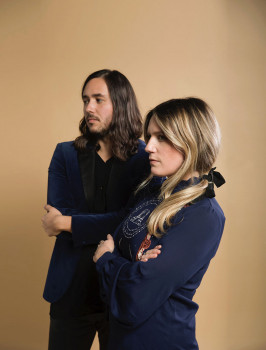
I feel like whenever you ask someone when they’re recording or mixing an album, where they’re listening to what they did, it’s always in their car.
Marie: We always do that.
Bruce: To be honest, I do feel like this is a record to listen to in your car just because of the style of the songs, it feels better in your car. I almost wish people wouldn’t listen to it on their laptops. They should get record players for their car (laughs).
So, if you could paint an image of what the album represents, what would that be?
Bruce: I think just harmony, people getting along in general. I think the album can apply to everybody. I do think there’s a sense of California in it, even though Marie is French, I feel like the setting is always California with us, and it always has been. I do think there’s a sunshine element in the record, it’s very Californian, you get a sense of the canyon, the hills.
Marie: As I was saying before, I think it’s just living in the moment, trying to think positive, without forgetting the past.
What do you think it takes for something to be deemed a classic?
Bruce: Time.
Marie: Yes.
Bruce: I think time is the only thing that can really say if something is classic or not. Which is kind of funny because it’s kind of pretentious to name your album Classic – no one can decide if their album is a classic! It’s kind of our band name in a way, it’s an ironic sensibility. It’s really up to time.
Marie: I think it’s also up to each person, because for everyone something else is a classic. Not everyone has the same things, for me, my leather jacket is classic and there are a few things around me that are classic, but it’s not going to be the same thing for anyone else.
— —
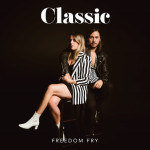
Connect with Freedom Fry on
Facebook, Instagram, Twitter
Discover new music on Atwood Magazine
? © Michelle Shiers

